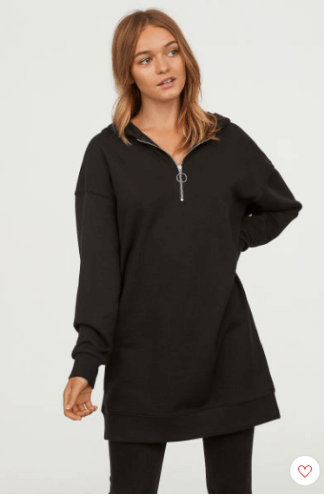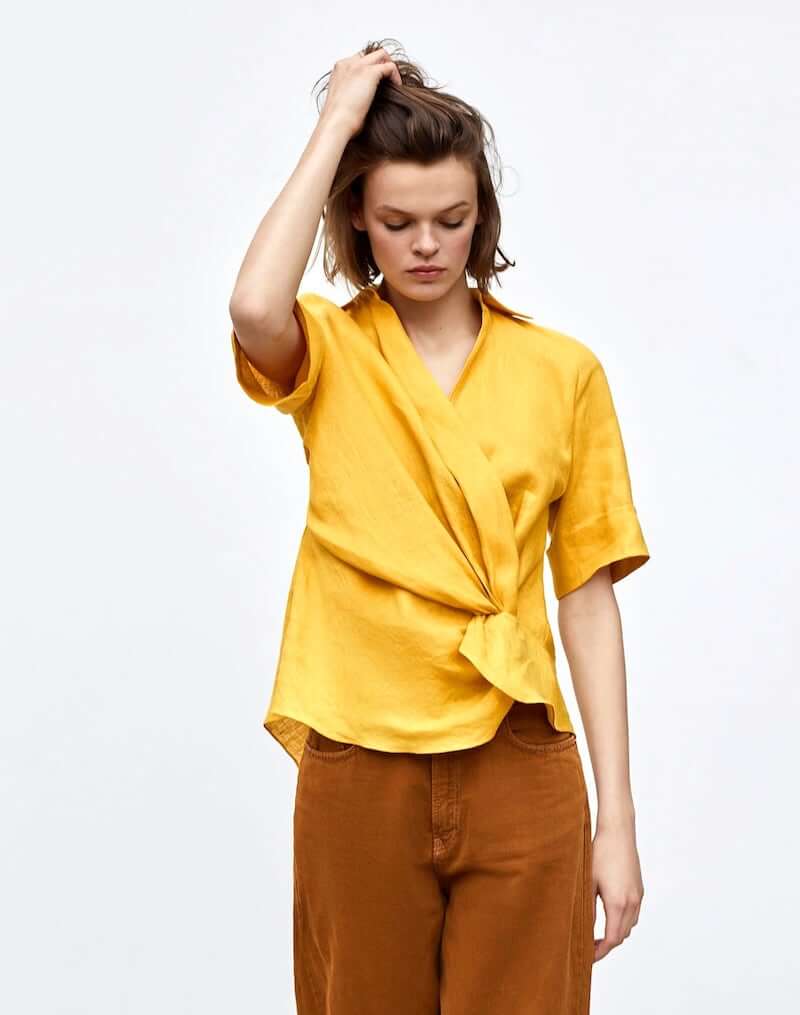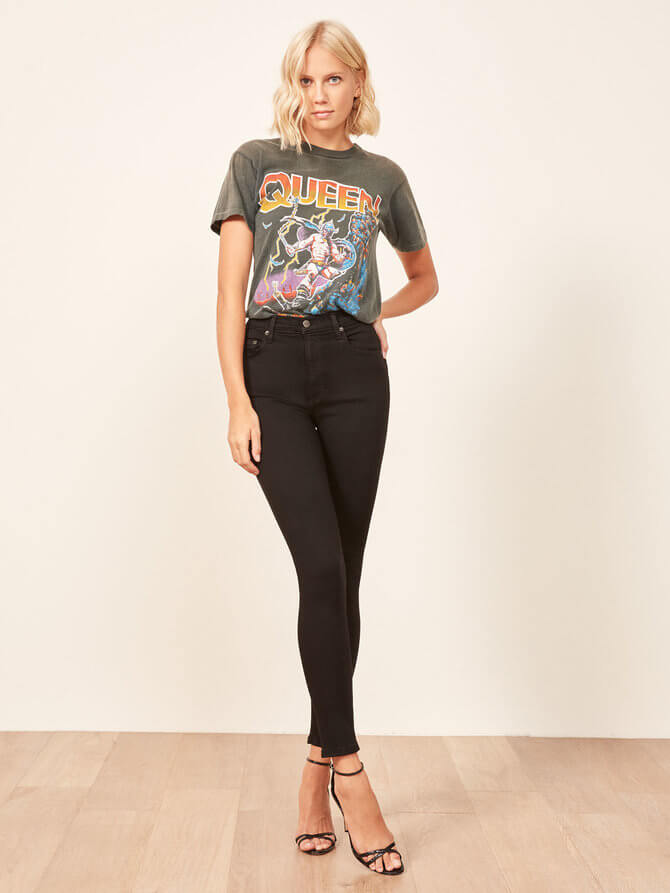Sustainability has a new look.
No longer just about hand-me-downs in families and vintages in thrift stores, sustainable fashion has been the talk of the year in the fashion industry.
As more consumers are getting interested, the market is responding.
According to a research by Common Objective, in the past six years, Google searches for “sustainable fashion” have increased by 46 percent and “ethical fashion” by 25 percent.
In January 2018, 64 major industry leaders, including affordable brands like Zara and high-end brands like Gucci, met in London to pledge to making their brands more sustainable by 2020.
Not only the current market leaders, but also the nation’s top fashion schools are focusing on sustainable fashion by incorporating it into their curriculum.
Parsons, Savannah College of Art and Design (SCAD), Fashion Institute of Technology (FIT), and Fashion Institute of Design & Merchandising (FIDM) all teach their students about sustainable textile sourcing and creation and sustainable production methods.
“People are becoming increasingly aware of who is making their clothes, where they are being made, and how they are being made,” Shannon Cooney, a 21-year-old senior at FIT whose thesis collection centers on sustainable skiwear, told Teen Vogue.
As the once predicted consequences of global warming turn into reality, consumers are no longer pretending as if their everyday decisions don’t matter.
One of the choices people face daily is “what am I going to buy?” and fashion falls directly under that.
Not a new kid on the block
Surprising to many, the term sustainable fashion is decades old.
Starting as early as the late 1980s and 1990s, companies like Patagonia and ESPRIT, both best known for their outdoor wear, practiced sustainability in their production process to stop the environmental degradation.
They used fibers made of renewable materials, such as organic cotton, recycled wool and “low-impact” dyes that use less water energy and chemical toxins.
In 2001, Stella McCartney, one of the first champions of sustainable fashion in luxury brands, launched her fashion label that abstained from fur, leather and PVC, a type of toxic plastics, setting her label apart from other high-fashion brands.
Not only is her bestselling bag made from vegetarian leather and recycled plastic bottles, but her mannequins also are made from a bioplastic material.
To McCartney, the high standards of sustainable fashion makes it innately a luxury.
But, maybe that was the reason it couldn’t quite take off. The morals were great, but for the general population, sustainable fashion was either too expensive or unfamiliar.
On top of that, by the mid-2000s, fast fashion, championed by affordable brands like H&M and Zara, boasted huge revenue success even against traditional high-fashion brands.
Running on business models that are completely opposite from those of sustainable fashion, fast fashion uses quick and easy-to-get resources, which are mostly bad for the environment and the workers, to mass produce current clothing styles at a lower price.
Then, there are consequences
Like everything in nature, fast fashion had consequences.
Environmentally, according to a Global Climate Action Summit, fashion industry has a huge carbon footprint, contributing up to 10 percent of all global greenhouse gas emissions.
Since the start of fast fashion more than 25 years ago, landfill has increased 50 percent, according to a Forbes article.
Because of these past ecological footprints, more frequent floods, hurricanes and wildfires are becoming more likely.
Culturally, consumers are constantly throwing away their clothes for new ones.
According to a 2017 report by the Ellen MacArthur Foundation, people now buy twice as many clothes than we did 15 years ago while they wear each item 20 percent less than before.

Amidst all these consequences, the most disturbing part of fast fashion hit home in 2013, when Rana Plaza Factory, a garment factory building in Bangladesh, collapsed, killing over 1,100 people and injuring about 2,500.
The factory used to make clothes for J.C. Penney, Walmart, Mango, Joe Fresh, and more. The collapse is still considered as the deadliest structural failure accident in the modern history.
The more consumers witnessed fast fashion’s deadly consequences, the more they realized sustainable fashion may no longer be a choice.
This time, along with increased social awareness, advanced technology helped to make sustainable fashion affordable.

Sweatshirt Dress
$29.99
Green is the new black
The biggest reason everyone is now talking about sustainable fashion is because the consumers demand it.
Especially, the millennials, now in their 20s and 30s, have not only the purchasing power, but also a mindset centered around sustainability.
According to Business of Fashion, 66 percent of global millennials are willing to spend more on brands that are sustainable and more consumers are expected to demand that brands be held accountable for waste and carbon footprint.
A July report by NPD, an American market research company, found that nearly a quarter of respondents said they have purchased clothing that was either “sustainable,” “eco-friendly,” “organic” or “ethical.”
The number increased to 30 percent with younger respondents, age 18-34.
The numbers speak for themselves. But, with all kinds of trends, general population gets on board more easily when they see high profile individuals or groups embracing it.
In 2017, Vogue proclaimed that “sustainable fashion got sexy.”
Fashion and celebrity muses, such as Stella McCartney, Vivienne Westwood, Emma Watson and Michelle Obama have all agreed sustainability is the new black.
But, before treating sustainable fashion as another trendy style that everyone needs to buy and lose interest in three days, start practicing with what’s already in your closet.
- Only wash as needed. Not only will you be saving water, detergent and energy, but your clothes will also last longer. When you do wash though, set your washer to “cold” to save energy and your clothes from breaking down by heat.
- Skip the dryer. By line-drying for six months, you can eliminate up to 700 pounds of greenhouse gases annually. When you do have to get your clothes dry cleaned, let your dry cleaners know you want to avoid perchloroethylene (or perc), a toxic chemical not only capable of causing liver damage and respiratory failure, but also pollutes groundwater and air.
- Donate and recycle. Go to your local Goodwill, Salvation Army, American Red Cross or Dress For Success, a non-profit organization that provides interview suits and career development for low-income women.
When you do need to buy clothes, choosing a sustainable brand over those who don’t is another way to practice sustainability. Here are some of sustainable brands by their price groups.
Affordable
- H&M Conscious Collection uses recycled and organic fabrics in its collection.

Off-the-Shoulder Sweater
$24.99

Velvet Skirt
$59.99
- Mango Committed aims to have 50 percent of its cotton originating from renewable sources by 2022.
- Zara Join Life uses sustainable fibers like organic cotton, recycled wool and Tencel.

Draped Linen Top
$49.90
- Gwynnie Bee is a clothing rental service that allows subscribers to choose from multiple brands and rent whatever amount of pieces, depending on their monthly plans, wear them for as long as they want and return them back, free of shipping or cleaning fees.
A bit pricey
- Reformation makes its clothes from sustainable materials, rescued deadstock fabrics, and repurposed vintage clothing. Its website reveals exactly what your carbon footprint is for each item. And the brand sends quarterly sustainability report to subscribers.

High & Skinny Jean
$98
- Everlane partners with ethical factories that have fair wages, reasonable hours and good working environment. Its website reveals the cost of every product, including fees from materials to labor to transportation.
- Infinite Style by Ann Taylor is a clothing rental system that allows subscribers to rent three pieces at a time for $95/month, wear them as long as they like, and ship them back when they’re ready for three new pieces. Ann Taylor covers shipping, cleaning and any repairs.

Bib Tunic Top in Frosted Cranberry

Short Sleeve, Tie Waist Shirtdress in Black
- Allbirds makes shoes made of renewable fiber materials, such as wool, trees and sugarcane, which uses less energy and water than synthetic materials.
High-end
- Stella McCartney uses renewable, recycled and re-engineered materials, so no fur, no leather and no PVC.
- Cienne uses all natural materials and works closely with artisans from around the world. It is committed to low minimum supplies, reducing waste by making only a small batch.
- Edun sources production and encourage trade in Africa by supporting local manufacturers and artisans.
Unlike other trends, sustainable fashion focuses on the lasting impact of our purchases. As more consumers start to see value in it, sustainable fashion will only get bigger.
It’s now possible to care about the environment and look chic at the same time.



